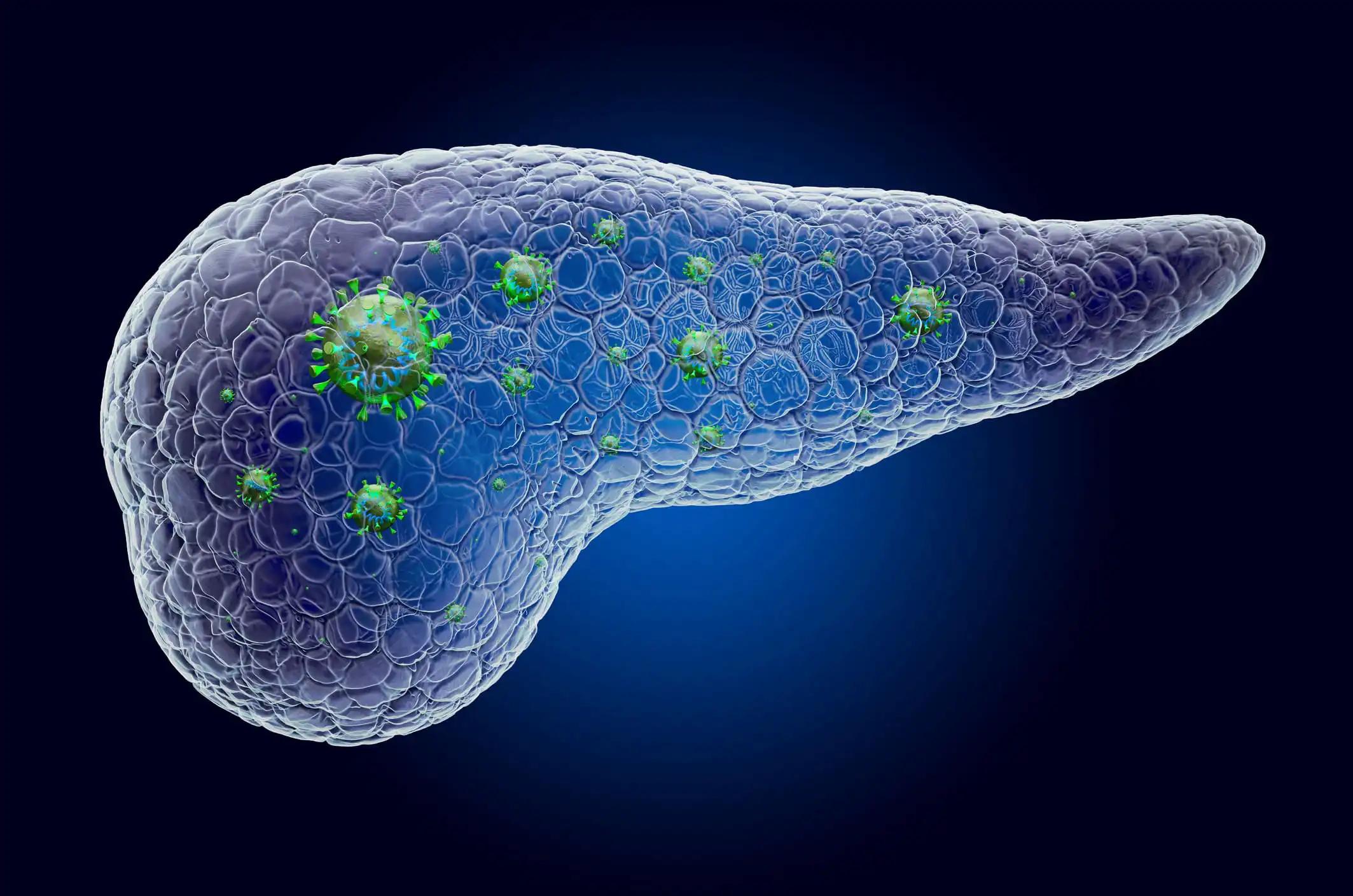KEY TAKEAWAYS
- The phase IIIb SAUL trial analyzed the prognostic factors of pre-treated patients with advanced urinary tract carcinoma who received atezolizumab.
- The trial aimed to establish a new prognostic score for immunotherapy using a combination of inflammatory markers.
- Univariate and multivariate analyses were conducted, followed by bootstrap internal validation and the Schneeweiss scoring system utilization.
- The prognostic model successfully categorized patients into five distinct risk groups, each with a statistically significant variation in median overall survival.
- The model utilized eight prognostic factors: ECOG PS, liver and bone metastases, histology, pre-treatment steroids, and systemic immune-inflammatory index.
- The newly developed prognostic model demonstrated strong prognostic discrimination in patients with advanced urinary tract carcinoma.
The existing prognostic models about patients with advanced urinary tract malignancies were formulated and authenticated within the chemotherapy milieu. Given that immunotherapy has emerged as the cornerstone of innovative interventions, revised prognostic indices are warranted. A thorough evaluation of inflammatory markers in peripheral blood and clinical variables was scheduled for the complete real-world population of pre-treated patients with advanced urinary tract carcinoma who were administered atezolizumab in the prospective, single-arm, phase IIIb SAUL trial. Univariate and multivariate analyses were conducted with overall survival as the primary endpoint, followed by bootstrap internal validation, the Schneeweiss scoring system utilization, and calibration testing to establish a new prognostic score for immunotherapy.
1001 patients were subjected to an analysis of thirteen clinical variables. A model incorporating eight prognostic factors: ECOG PS, liver and bone metastases, histology, pre-treatment steroids, systemic immune-inflammatory index (i.e., neutrophils-to-lymphocytes ratio times platelets count), hemoglobin and lactate dehydrogenase. The prognostic model successfully categorized patients into five distinct risk groups, each with a statistically significant (P<0.001) variation in median overall survival ranging from NR to 2.4 months. The concordance index for overall survival was greater than that of the Bellmunt Score, with values of 0.702 and 0.672, respectively.
A recently developed prognostic model of 5 classes has demonstrated strong prognostic discrimination in patients with advanced urinary tract carcinoma who received uniform immunotherapy treatment. The model utilizes easily obtainable clinical and laboratory factors at baseline. The swift integration of this approach in clinical settings may facilitate the communication of prognostic information to patients regarding immunotherapy outcomes, as well as the evaluation of the efficacy of innovative immunotherapy combinations in ongoing clinical investigations.
Source:https://pubmed.ncbi.nlm.nih.gov/36511379/
Clinical Trial:https://clinicaltrials.gov/ct2/show/NCT02928406
Fornarini G, Rebuzzi SE, Buti S, Rescigno P, Merseburger A, Sternberg CN, de Giorgi U, Basso U, Maruzzo M, Giannatempo P, Ponzano M, Giunta EF, Catalano F, Murianni V, Damassi A, Cremante M, Gandini A, Puglisi S, Llaja Obispo MA, Signori A, Banna GL. A novel immunotherapy prognostic score for patients with pretreated advanced urInary TrAct CArcinoma from the subgroup analysis of the SAUL study: the ITACA Score. Minerva Urol Nephrol. 2022 Dec 13. doi: 10.23736/S2724-6051.22.05135-7. Epub ahead of print. PMID: 36511379.



